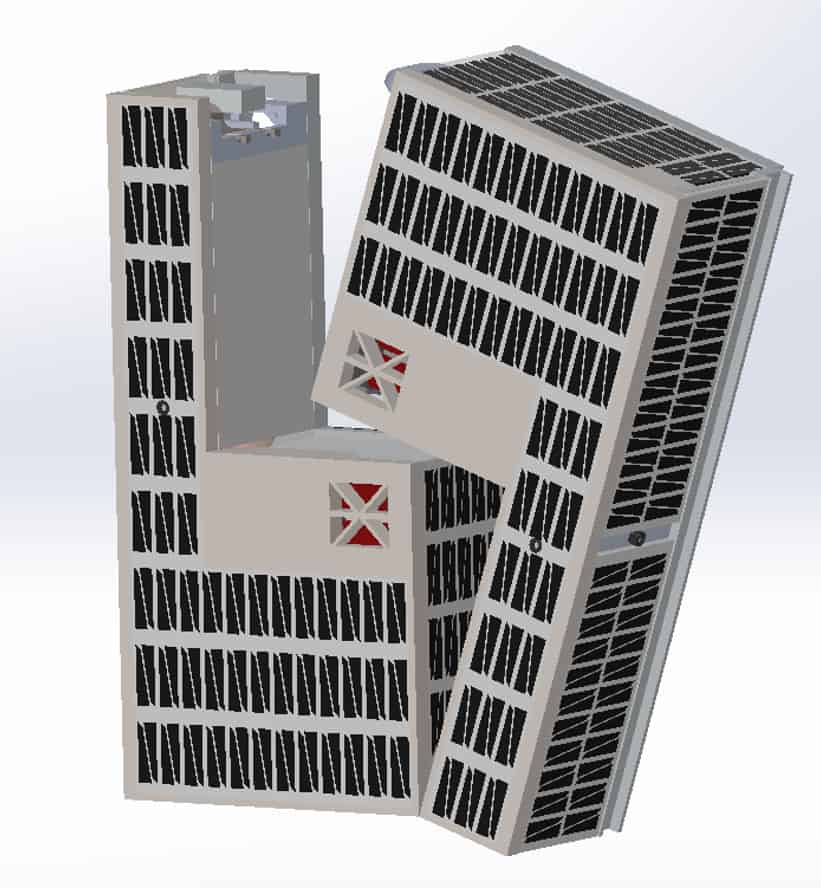But perhaps even more remarkably the Cornell University team, lead by former NASA chief technologist and associate professor of mechanical and aerospace engineering Mason Peck, hopes to achieve this with a spacecraft propelled by nothing more than water.
The team are now in phase 3 of the four-phase Ground Tournament portion of the Cube Quest Challenge, a $5.5m NASA sponsored challenge aimed at developing small satellites capable of advanced operations near and beyond the moon. So far, Cornell’s group has two top-three finishes, including a first-place finish in Ground Tournament 2 in the spring.
The top three finishers will earn a ride on NASA’s Space Launch System (SLS) rocket in early 2018, to compete in either the Deep Space Derby or the Lunar Derby. Cornell’s team will compete in the latter, which focuses on propulsion for small spacecraft and near-Earth communications.

Whether or not the CubeSat manages to orbit the moon, Peck is hopeful that it will successfully demonstrate that water can be used to power space flight, making an important step towards systems that aren’t reliant on earth-bound resources.
The satellite consists of two “L”-shaped halves, which once jettisoned from the payload bay of the launch rocket will split apart and gradually separate miles from each other, both on a course for the moon’s atmosphere. The twin satellites will spin as they go, their spin creating angular momentum that will help keep them from tumbling off course.
With energy captured from the sun, water stored in tanks at the bottom of the “L” is electrolysed into hydrogen and oxygen gases, which will combust in short bursts, 30 minutes to an hour apart, to provide propulsion. The spinning will also separate the liquid water from the combustible gases.
As the craft enters the moon’s gravitational pull, it will slow down and be swung into a distant Earth orbit, eventually reconnecting with the moon days later. It’s during this second rendezvous that Peck and his team plan for the satellite to be traveling slowly enough to be sucked into lunar orbit, some 6,200 miles above the surface of the moon.




April 1886: the Brunkebergs tunnel
First ever example of a ground source heat pump?